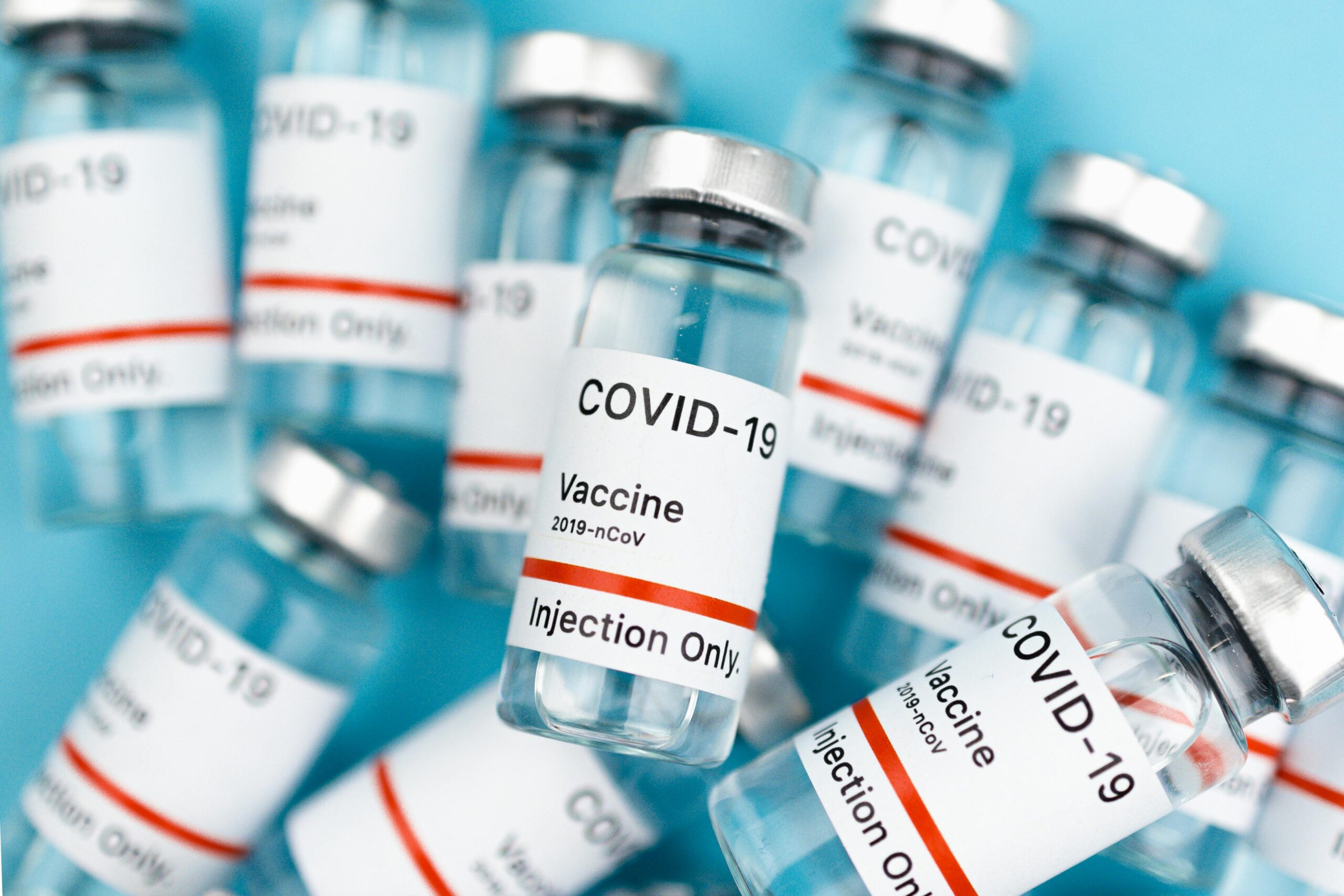Understand the drug approval process with real-life examples and marketing insights, made simple and witty for pharmaceutical marketers.
To most marketers, the drug approval process feels like trying to read Shakespeare in Sanskrit. It’s long. It’s complex. And it’s littered with acronyms that sound more like code names in a spy movie than steps in a regulatory process.
However, understanding this labyrinth is not just helpful—it’s critical.
So, let’s break it down in plain English, with wit, warmth, and wisdom from a marketer’s lens.
First: Why Marketers Need to Care
You might think, “Isn’t drug approval just a scientist’s or regulatory affair?”
In pharmaceutical marketing, timing is everything. Knowing when a drug moves from lab rat to launch pad helps you shape campaigns, budget advertising spends, and coordinate launch events with precision.
For example, you’re launching a new cholesterol drug. If you start hyping it before it’s even reached Phase 3, you’re not building buzz—you’re just blowing hot air.
Understanding the regulatory rhythm saves you from premature excitement or, worse, regulatory slap-downs.
Step 1: Discovery and Pre-clinical Testing
Every drug starts as a whisper of hope in a researcher’s notebook. During discovery, scientists identify a compound they believe can treat a disease. Then comes pre-clinical testing, often involving lab animals, to test safety and biological activity.
From a marketer’s perspective, this is the incubation phase. You probably won’t have to come across this stage, but you should be aware of it.
Why? Because this is where the story begins. The origin story of a drug—why it was developed, who it could help—is gold for future messaging.
Real-life example- Think of the HPV vaccine Gardasil. Merck didn’t just talk about preventing cancer; they told a story of protecting future generations. That story began in the lab but resonated around kitchen tables.
Step 2: Clinical Trials- The reality show of drugs
Once a drug gets the green light from the FDA for human testing (via an Investigational New Drug application), it enters clinical trials, a three-phase marathon.
- Phases 1- involves a small group of healthy volunteers to test safety.
- Next Phase 2- checks efficacy and side effects in people with the disease.
- And Phase 3- scales up to hundreds or thousands to confirm effectiveness and monitor adverse reactions.
From a marketing angle, Phase 3 is your cue to cheer up. This is the time to start drafting branding concepts, gathering patient testimonials, and engaging key opinion leaders. But hold your hashtags—nothing can go public yet.
Here as well, timing matters.
For instance, if you jump the gun with branded campaigns, you risk violating promotional regulations. That’s why understanding the status of the drug in the trial pipeline is as crucial as the creative brainstorm.
Step 3: The New Drug Application (NDA) –Final Hurdle
Once a company believes it has a winner, it submits a New Drug Application (NDA) to the FDA.
This document is a monster—it can exceed 100,000 pages. The FDA then reviews it for safety, efficacy, labelling and manufacturing practices.
Marketers should view the NDA phase as a strategic goldmine. You’re not just waiting around—you’re preparing. That means:
- Developing unbranded disease awareness campaigns
- Training sales reps
- Creating launch materials under regulatory guidance
- Planning for payer engagement and pricing communication
During this time, your messaging muscles get their first real workout.
Step 4: FDA Approval –Celebrate, But Read the Fine Print!
When the FDA gives the green light, the product can finally be marketed. But don’t pop the champagne just yet.
Approval comes with conditions—tight guardrails around promotional claims and usage.
For instance, if the label says the drug is for “moderate-to-severe asthma,” you cannot claim it’s effective for all asthma types. Missteps here can lead to warning letters or worse.
That’s why savvy marketers team up with regulatory and legal teams, to work in tandem as co-pilots. Everyone’s job is to make sure the messaging is both compelling and compliant.
Bonus Round: Post-Marketing Surveillance (Phase 4)
Even after approval, Phase 4 studies monitor long-term safety and real-world effectiveness. Marketers play a role here too—by shaping communications around patient support, adherence programs, and ongoing education.
For instance, Pfizer’s Chantix. After approval, reports of psychiatric side effects surfaced. The company had to adjust its communication strategy and re-educate doctors and patients.
Thus highlighting the marketer’s role in adapting and staying nimble even post-launch.
Check what we covered about compliance and details –https://uspharmamarketing.com/marketing-in-pharma-know-the-vital-compliance-rules/
Wrapping It Up: From Chaos to Clarity
This now means, the drug approval process is not a distant mountain—it’s the very ground your strategy stands on. It influences what you can say, when you can say it, and how you say it.
If you’re launching a new therapy, you’re not just selling a product—you’re helping patients, physicians, and caregivers navigate something life-changing.
With the right knowledge, you move from being a passive observer to a proactive partner. Understanding regulatory stages helps you align messaging, avoid missteps, and build trust with your audience.
The Verdict: Stay Curious, Stay Compliant!
In the end, the magic lies in the balance—between science and storytelling, between passion and precision. Learn the process, embrace the pace, and your pharmaceutical marketing efforts will not just fly—they’ll soar.
Because when you speak the language of both the molecule and the market, that’s when real impact begins.

